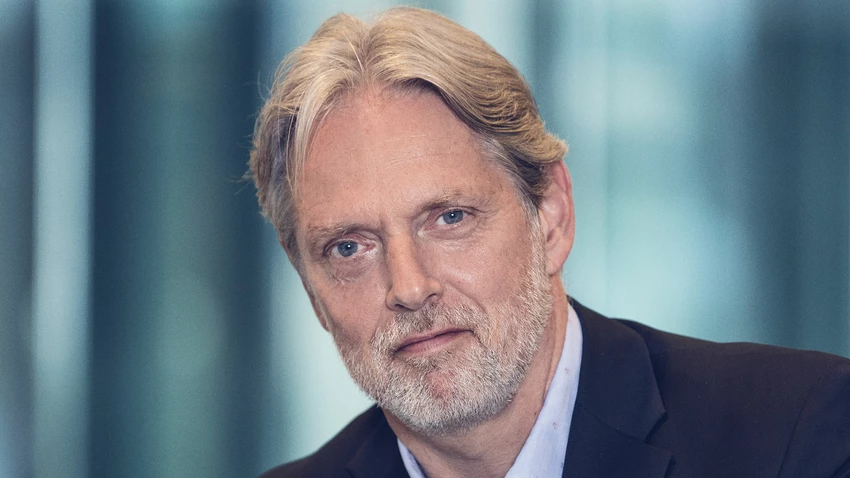The global inflation shock of 2021
High producer prices are to an extent being passed on to consumers, resulting in the big shock of 2021 – inflation. After being almost non-existent for decades, inflation has risen to the highest levels in the last 30 to 40 years in both the US and Europe.
At the start of 2021, Nordea’s forecast for US inflation was an average of 2.2%, compared to the reality of 4.5%. Nordea also expected inflation to hover around 1% in the Euro area, and it ended up around 2.5%.
Another big surprise in 2021 has been the tight labour market situation in many parts of the world, with a record number of employers reporting difficulties hiring qualified workers. The pandemic continues to hamper labour supply and mobility, which will likely lead to higher wages.
“There’s already a mounting wage pressure in many countries,” says Pedersen, noting that higher wages could be passed on to consumers, triggering a wage-price spiral and higher inflation in 2022.
Higher interest rates on the horizon
The inflation picture is a situation central banks around the world are taking seriously, even though many view higher inflation as a temporary phenomenon. Pedersen notes that a number of central banks have already started to hike interest rates, including in Norway, Poland and Czech Republic. The US Federal Reserve has announced it will start to taper its asset purchase programme, and it is likely to start hiking interest rates around summer of 2022. The European Central Bank lags behind the Fed and is not expected to start hiking rates before the end of 2023.
Pedersen emphasises the central banks’ need for caution, given the sky-high levels of public debt, which have ballooned during the pandemic.
“You could see the debt situation becoming unsustainable in a number of years if interest rates go up too fast and by too much,” he says.
Nevertheless, Pedersen says he’s certain a controlled tightening of monetary policy will top the agenda at many central bank meetings around the world in 2022. The new year will also likely bring higher financing costs for most people and businesses.



